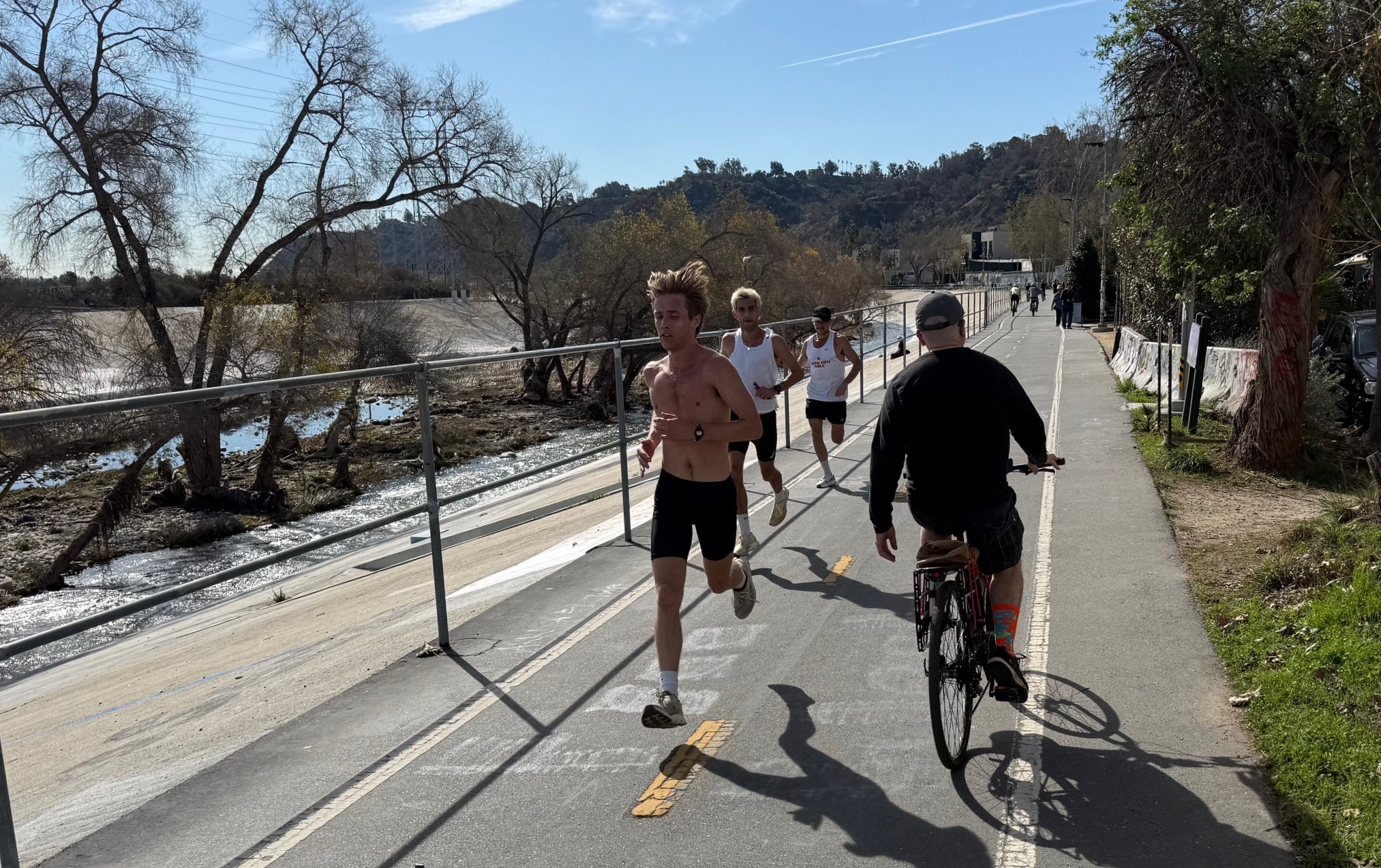Cold temperatures, a little more than a dusting of snow, and what seems to be a completely inept storm response have paralyzed Atlanta's freeways. The whole region is reeling.
People are trapped in cars on the highways, without water or food. Stranded people are sleeping on the floors of pharmacies. Shop owners are being hailed as heroes for managing to keep their businesses open. Locals are joking that it would be faster to build an airplane than drive to the airport.
This is a good time to reflect on why cities with more transportation options are considered more "resilient."
Because not everyone in Atlanta had their day (week?) ruined. Darren at ATLUrbanist, a downtown resident, has enjoyed the cold snap. Here's how he's coping:
Snowy fun in the city. My son and I just shuffled our way down the sidewalk to play in the snow at Woodruff Park. We get snow like this only once every two or three years here, so it’s a big deal.
Condolences (sincere) to the people stuck in Atlanta’s snow jam 2014. The roads and highways are parking lots, with people abandoning there cars in some places, according to reports.
A reminder: underneath this snow, MARTA trains are running. A suggestion: build more housing near train stations. It’s really been nice for us, living in walking distance to the train. I recommend it.

Elsewhere on the Network today: Transportation for America issues a response to last night's State of the Union address. Transit for central Indiana moves forward, reports Urban Indy, but for some reason state legislators have an odd intolerance for light rail. And Better Institutions says despite the recent "Transit Score" results, transit in Seattle isn't getting worse.







